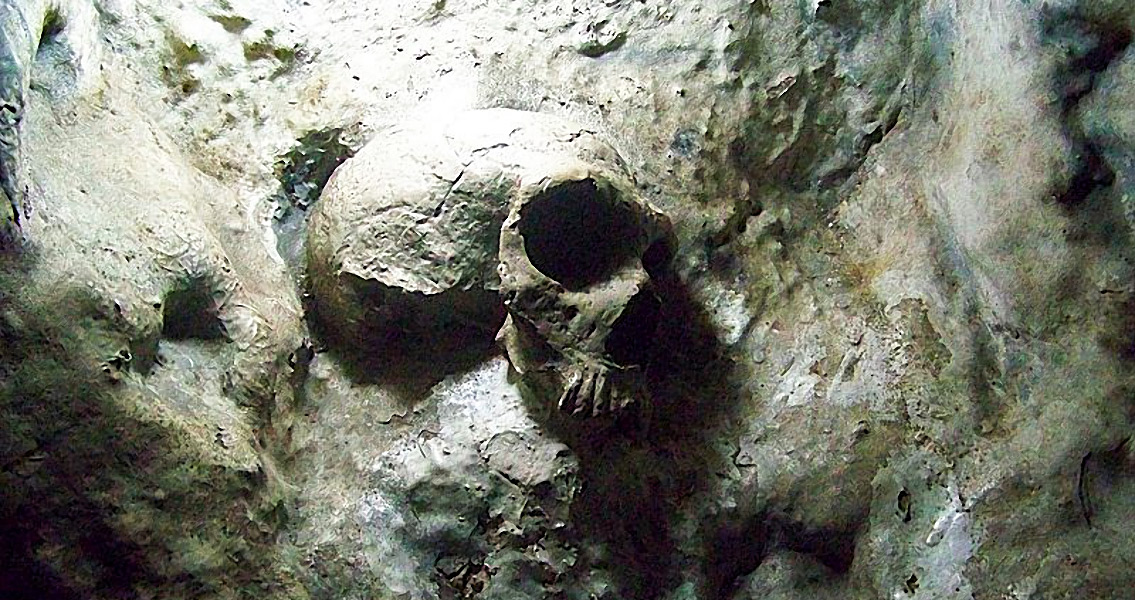<![CDATA[The greatest volcanic eruption in Europe for the last 200,000 years may have contributed to the demise of the Neanderthals. However, a new study, titled 'Campanian Ignimbrite Volcanism, Climate, and the Final Decline of the Neanderthals', concludes that this factor alone could not have been the ultimate reason for the decline of this hominin species, something previous papers have suggested. The study focused on the climatic changes caused by an eruption in the Campanian Ignimbrite volcanic area near Naples, Italy, also called the Phlegraean Fields. According to the climate models used by the scientists, which detailed the temperature anomalies in areas inhabited by Neanderthals following the eruption, these reached more than -3 degrees Celsius in some places in the first year after the event. This certainly could have had an effect on the well being of the Neanderthal populations, though not across the whole continent, lead author Benjamin Black notes. Judging by the available data about ash dispersal and acid deposits, the most significant temperature anomalies, those of more than -4 degrees, occurred in Eastern Europe and parts of Asia, while those in Western Europe were only between -2 and -4 degrees. From this, the research team have concluded that volcanic eruption on its own could not have been the reason for the demise of the Neanderthals. What is most likely, in light of this latest paper, is that the volcanic eruption that brought temperatures down combined with the rise of modern humans who were better prepared to face environmental challenges like falling temperatures. The authors also note that the decline of the Neanderthal species had already started before the Campanian Ignimbrite eruptions. Two other studies from the last few years have looked into the effect of volcanic eruptions on human evolution. One of these, conducted by an international team in 2013, and focusing on traces from the Campanian Ignimbrite eruption in Eastern Europe, suggested that the event had a devastating effect on populations in the area. The research looked into tephra deposits in southeastern Romania. Tephra is a collective name for the material released into the air when a volcano erupts. According to the thickness of these deposits, the researchers concluded that it had caused a radical change in the local ecosystems, greatly reducing the survival chances of the Neanderthals living in the region. Another study, from 2010, argues that it was not one but several volcanic eruptions in Europe that brought about the decline of the Neanderthals. The culprit was not just the Campanian Ignimbrite event, but also volcanoes in the Caucasus. This team of researchers analysed 40,000-year-old sediments in a cave in Russia for traces of volcanic ash. They found that the more volcanic ash there was in a sedimentary level, the less pollen there. Based on the absence of pollen, the scientists suggested the number of plant-eating animals would have been significantly diminished after the eruptions, directly affecting the survival of the Neanderthals whose main diet had consisted of herbivores. According to one of the authors of this study, Naomi Cleghorn from the University of Texas, Arlington, Neanderthals were an enduring race, which had managed to survive through several ice ages. However, these ice ages had spanned several generations, so the Neanderthals had the time to adapt to their changing environment. The eruption in the Phlegraean Fields, soon followed by the ones in the Caucasus, left them no time to adapt. Other theories about the demise of the Neanderthals focus on the influence modern humans had on their survival, and range from conquest of land to interbreeding. Image courtesy of Wikimedia Commons user: Nathan Harig ]]>
Volcanic Eruption Contributed to Neanderthal Decline
